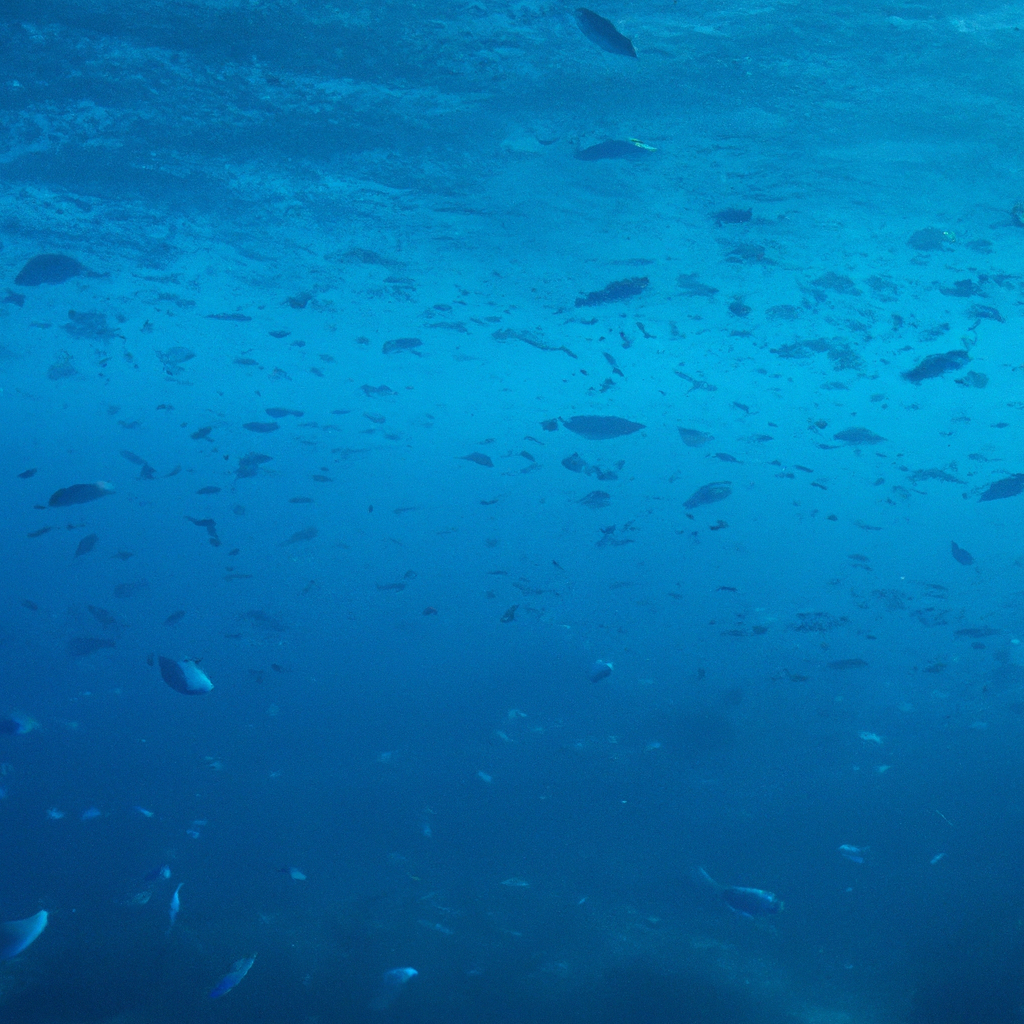
There is a fascinating world hidden beneath the surface of our planet that many of us never get to see. This world is home to some of the oldest living organisms on Earth. From massive trees to tiny fungi, these organisms have survived for thousands of years and have much to teach us about the history and evolution of life on our planet.
The Oldest Living Organisms on Earth
One of the oldest living organisms on Earth is the bristlecone pine tree. Found in the White Mountains of California, these trees can live for over 5,000 years. The oldest known bristlecone pine is over 5,000 years old and is aptly named Methuselah. These trees have adapted to the harsh environment of the mountains by growing slowly and developing a highly resinous wood that protects them from insects and decay.
Another ancient organism is the Posidonia oceanica seagrass meadow, found in the Mediterranean Sea. This seagrass meadow is estimated to be over 100,000 years old and covers an area of over 2,000 square miles. It provides a habitat for many species of fish and other marine life and helps to stabilize the seabed.
Why are They Important?
The study of these ancient organisms is important for several reasons. First, it allows us to understand the history and evolution of life on our planet. By studying the DNA of these organisms, scientists can learn about the genetic changes that have occurred over thousands of years. This information can help us better understand our own evolution and the evolution of other species.
Second, these ancient organisms can teach us about the effects of climate change and other environmental factors on living organisms. By studying how these organisms have adapted to changing conditions over thousands of years, we can learn how to better protect and preserve our planet for future generations.
Finally, these ancient organisms have great cultural and aesthetic value. They are a testament to the enduring power of life and the natural world, and they inspire awe and wonder in all who see them.
Conclusion
In conclusion, the world’s oldest living organisms are hidden treasures that have much to teach us about the history and evolution of life on our planet. From ancient trees to seagrass meadows, these organisms have adapted to changing environments and have much to teach us about resilience and survival. By studying these organisms, we can gain a greater appreciation for the natural world and learn how to better protect and preserve it for future generations.













